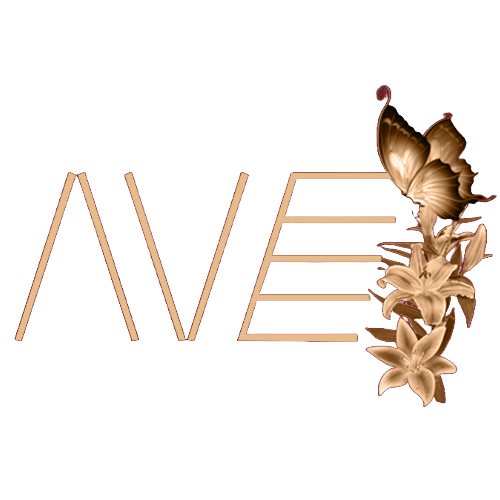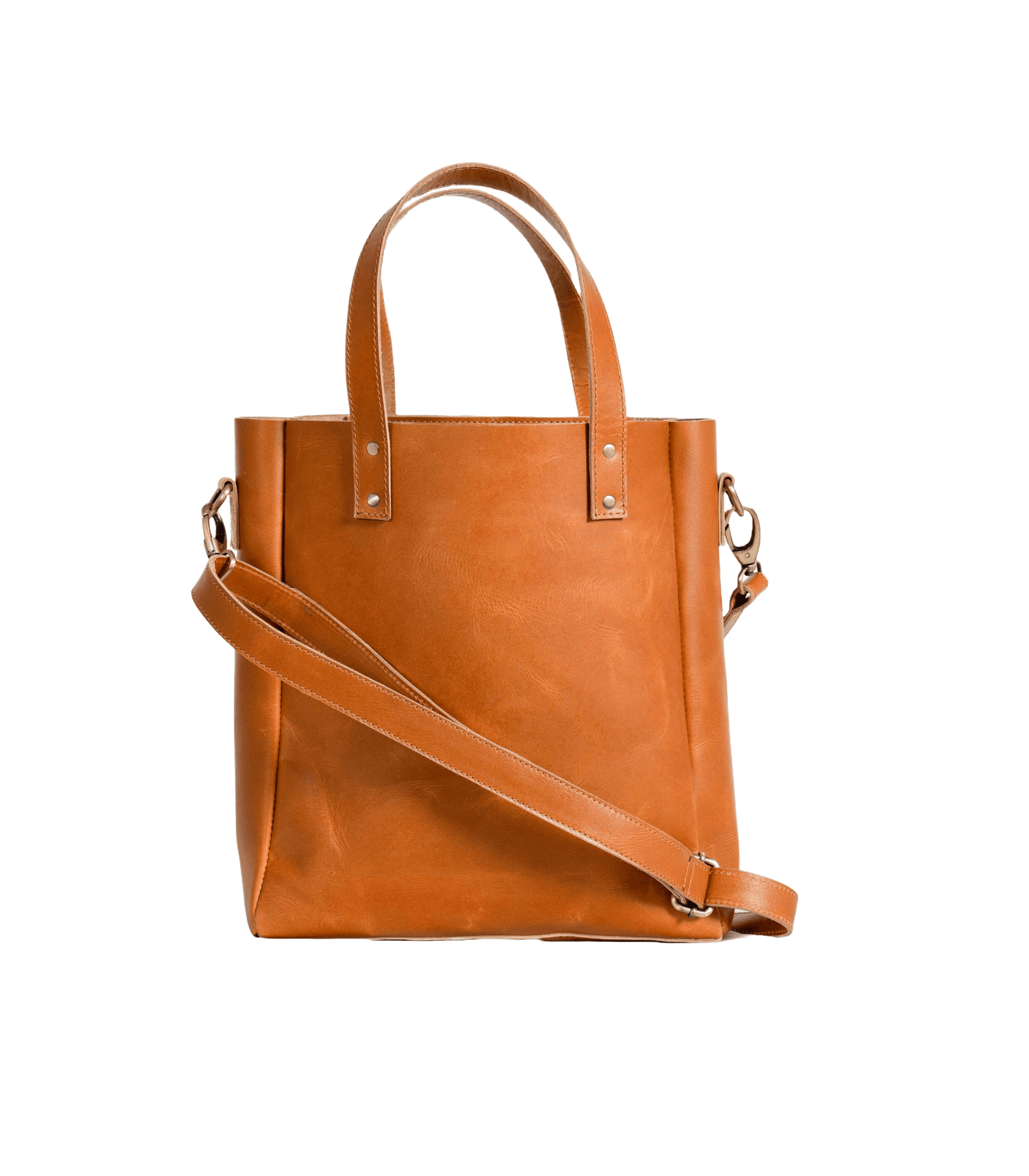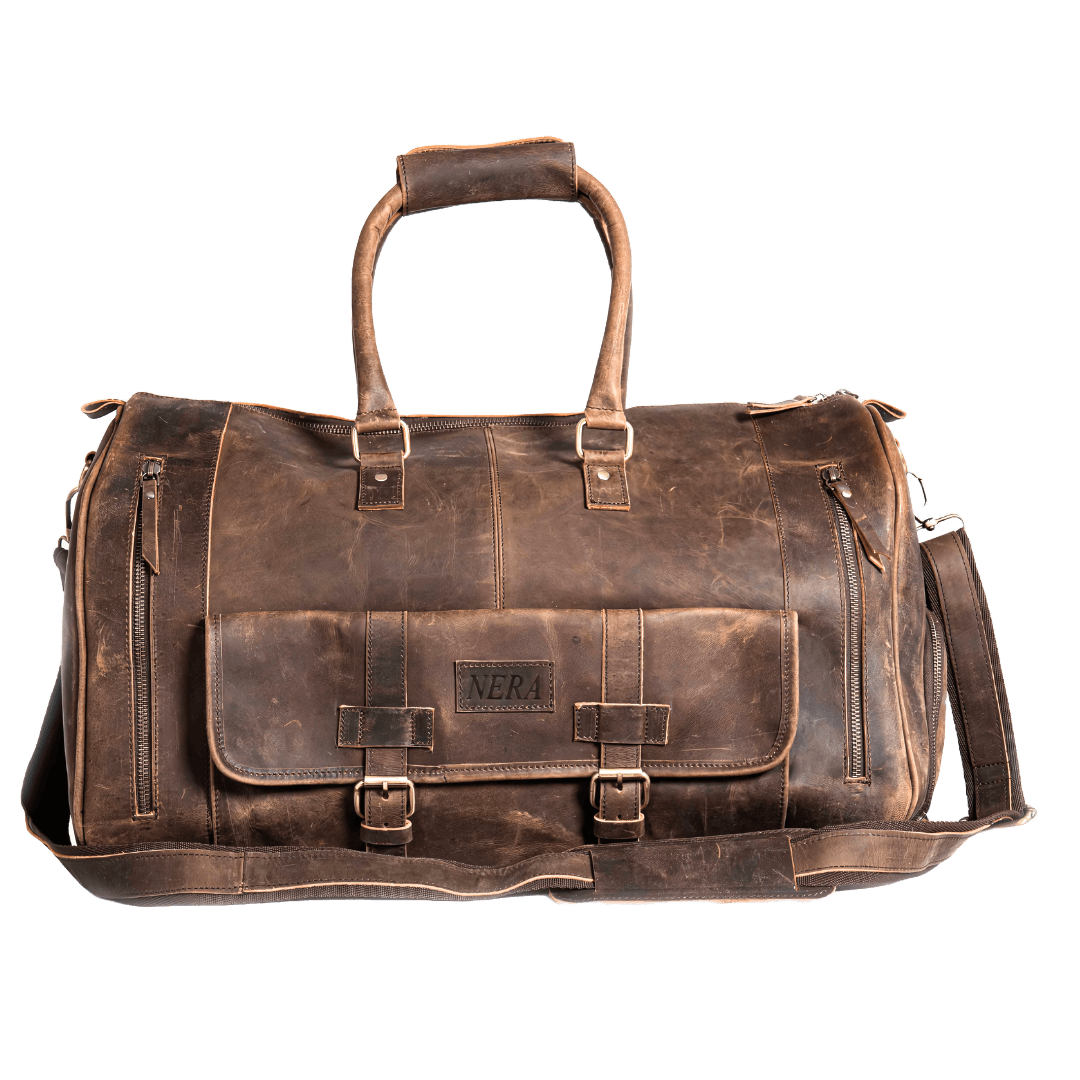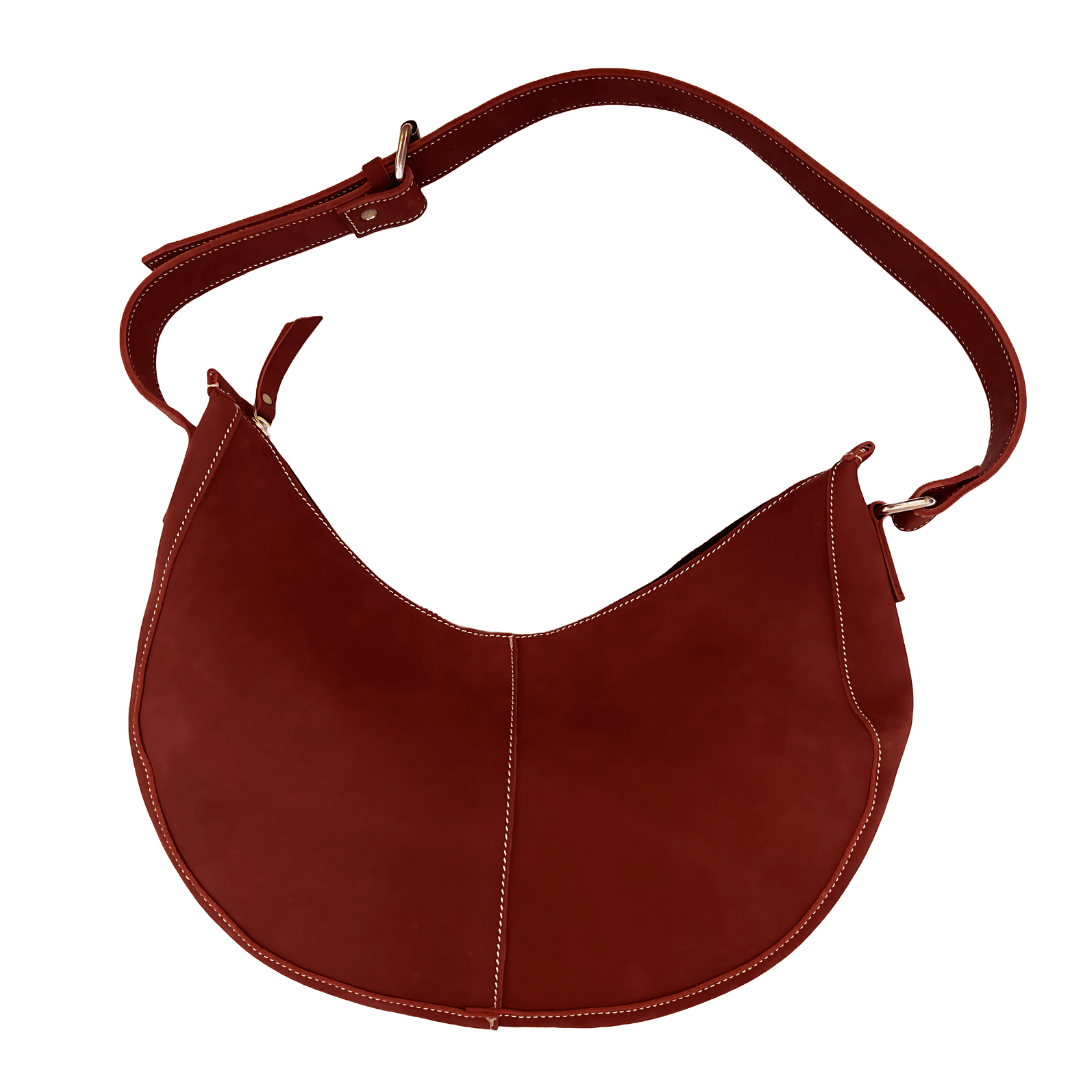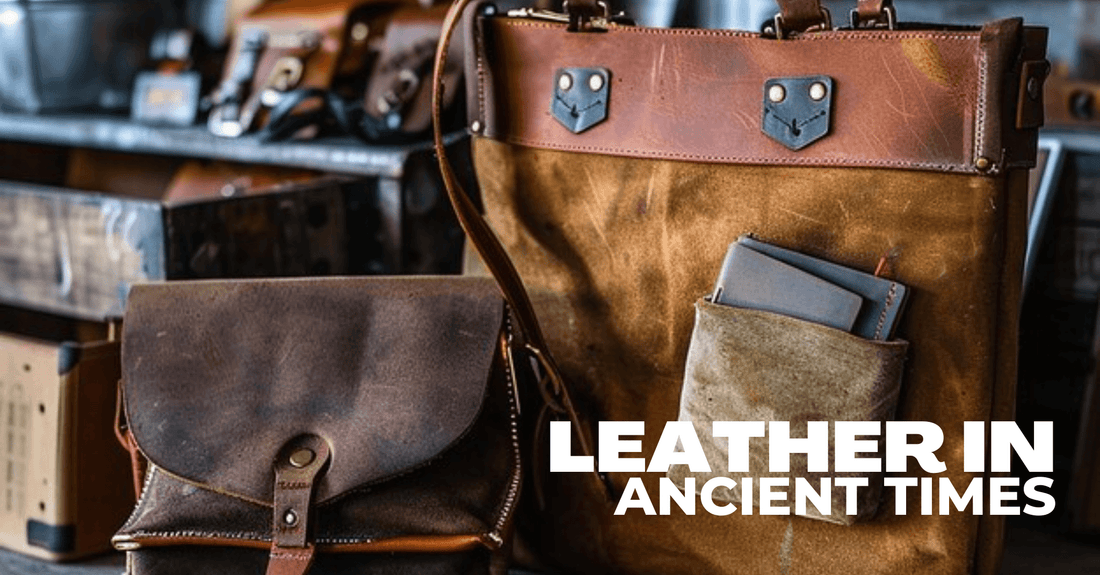
The Utility of Leather in Ancient Times Essential Uses and Innovations
Share
What were the essential uses of leather in ancient civilizations?
Ancient civilizations such as the Egyptians, Greeks, and Romans recognized the value of leather for its durability and flexibility. Leather was used to create garments, footwear, and accessories that not only provided protection but also conveyed status and wealth. The craftsmanship involved in working with leather was highly esteemed, with artisans honing their skills to create intricate designs and patterns.
Whether leather was useful in ancient times?
As old as human civilization itself, leather has developed from a basic necessity to a cornerstone of modern fashion. Its journey from primitive utility to high
fashion exemplifies humanity’s ingenuity and creativity. This article delves into the The evolution of leather from its earliest origins to its current use in fashion.
Leather was first used by humans in the prehistoric era when they realized that animal hides could be made into strong, protective garments. Archaeological sites containing early indications of leatherworking suggest that our ancestors utilized leather for clothing, footwear, and shelter. The discovery of tanning processes—where hides are treated to become more durable and less prone to decomposition—marked a significant advancement.
In ancient civilizations such as India, Egypt, Greece, and Rome, leather was an essential material. Egyptians used leather for sandals, clothing, and even military equipment like shields. Greeks and Romans expanded its use to include armor, bags, and various household items. Leather’s versatility made it indispensable, and its Production evolved into a skilled trade that was handed down through the years.
Whether leather was present in the middle ages ?
During the Middle Ages, leatherworking flourished in Europe. The development of guilds and tanning methods took the skill to new heights.
Leather became a symbol of status and power, especially in the form of elaborate armor, and luxurious clothing adorned by nobility.
The Renaissance period saw further refinement in leather production. Artisans began experimenting with dyes and decorative techniques, transforming leather into an artistic medium. Leather-bound books, intricate garments, and accessories became common
among the affluent, showcasing the material's versatility and appeal.
How did leather innovations shape ancient societies?
As civilizations advanced, so did the innovations in leatherworking. The development of tanning techniques allowed for the preservation of leather, making it more resistant to wear and tear. This led to the creation of leather goods that were not only functional but also aesthetically pleasing. From the intricate leather armor worn by warriors to the finely crafted leather scrolls used for writing, leather became a symbol of sophistication and refinement.
Furthermore, the portability and durability of leather made it an ideal material for travel and trade. Merchants would use leather bags and pouches to transport goods, while explorers relied on leather maps and journals to document their journeys. Leather became synonymous with adventure and discovery, embodying the spirit of exploration and innovation.
How is leather fashion different in modern times?
Fast forward to the 20th and 21st centuries, leather has firmly established itself as a fashion staple. Its durability, versatility, and timeless appeal make it a favorite among designers and consumers. Leather’s modern applications extend beyond clothing. It is used in accessories such as bags, belts, and shoes, and even in home décor, including furniture and interior accents.
In modern India, leather bags and accessories hold a unique place in the fashion and lifestyle landscape. They straddle the line between necessity and luxury, offering practicality, status, and style. This article explores the significance of leather goods in contemporary Indian society, examining their cultural, economic, and fashion relevance.
Leather bags and accessories are prized for their durability. In a country where value for money is a crucial consideration, investing in a high-quality leather product makes practical sense.
Leather bags, wallets, belts, and footwear are everyday essentials for many Indians, valued for their ability to withstand wear and tear while maintaining a sophisticated appearance.
Leather goods often symbolize status and prestige. Owning a designer leather bag or accessory is seen as a mark of success and fashion acumen, especially among urban professionals and the burgeoning middle class.
Modern Indian designers are adept at blending traditional craftsmanship with
contemporary styles, creating leather products that appeal to younger,
fashion-conscious consumers.
Trends include vibrant colors, innovative designs, and multifunctional accessories that cater to the diverse needs of modern lifestyles.
Leather has a long-standing history in India, with traditional leatherwork being an
integral part of various regional crafts. Artisans from states like Rajasthan, Maharashtra, and West Bengal have been crafting leather goods for centuries, using techniques passed down through generations. Leather bags and accessories were historically valued for their durability and functionality, serving everyday needs while also being a symbol of craftsmanship. Leather crafting supports millions of artisans across India. The industry provides
employment and sustenance to families in rural and urban areas, making it a significant part of the local economy.
What is leather craft?
Leather craft of NERA EXIM refers to the art of creating items from leather using various techniques and tools. It is a versatile craft that encompasses a wide range of activities, from basic cutting and stitching to advanced carving, tooling, and dyeing.
Leather crafting can be pursued as a hobby, a profession, or an artistic endeavor, and it involves a combination of skills, creativity, and knowledge of materials.
1. Leather Types: There are several types of leather, each suited for NERA EXIM’S different projects.
Common types include:
○ Vegetable-Tanned Leather: Ideal for tooling and carving due to its
firmness.
○ Chrome-Tanned Leather: More flexible and often used for garments and
accessories.
○ Suede and Nubuck: Soft and velvety, used for clothing and accessories.
2. Tools
● Cutting Tools: Utility knives, rotary cutters, and leather shears are used for
cutting leather.
● Punches and Chisels: Used to create holes for stitching or for decorative
purposes.
● Stitching Tools: Needles, thread, stitching awls, and stitching ponies aid in
hand-stitching leather.
● Edge Tools: Edge bevellers, burnishers, and sanders help smooth and finish the
edges of leather pieces.
● Dyes and Finishes: Leather dyes, paints, and finishes are used to color and
protect leather.
● Stamping and Carving Tools: Tools like swivel knives, stamps, and bevellers
are used for creating patterns and designs on leather.
3. Techniques● Cutting: Precise cutting is essential for all leather craft projects.
Tools like utility knives and rotary cutters are used along with cutting mats and rulers.
● Stitching: The saddle stitch is a common hand-stitching technique that provides
durability and strength. Machine stitching can also be used for larger projects.
● Tooling and Carving: Tooling involves pressing designs into the leather surface,
while carving involves cutting patterns into the leather.
● Dyeing: Dyeing adds color to the leather. It can be done using various
techniques such as sponging, spraying, or dipping.
● Burnishing: Burnishing smooths the edges of leather to give them a polished
look. It involves rubbing the edges with a burnishing tool, often using water or a
special compound.
● Assembly: Combining different pieces of leather into a finished product, often
using adhesives, stitching, and hardware like rivets or snaps.
Our Popular Leather Crafts
● Handbags, tote bags, backpacks, and clutches, wallets, Duffel Bags, Belts.
Benefits of Leather Craft
● Creativity: Allows for artistic expression and creativity in designing and making
unique items.
● Skill Development: Enhances fine motor skills, precision, and craftsmanship.
● Satisfaction: Provides a sense of accomplishment from creating functional and
beautiful items.
● Customization: Offers the ability to create personalized and customized items
tailored to specific preferences and needs.
Learning Leather Craft
● Workshops and Classes: Many communities offer workshops and classes
where beginners can learn basic techniques and advanced crafters can refine
their skills.
● Online Resources: Numerous websites, video tutorials, and forums are
available for learning leather crafting at your own pace.
● Books and Guides: There are many books and guides that provide detailed
instructions and project ideas for leather craft.
Leather craft is a rewarding and versatile craft that combines creativity with practical skills. Whether you’re making a simple keychain or a complex piece of furniture, the process of working with leather offers endless possibilities for artistic and functional creations. By learning and practicing leather craft, you can create beautiful, durable items that reflect your personal style and craftsmanship.
What is our vision?
Our vision of leather crafting is to blend traditional craftsmanship with modern
innovation to create beautiful, sustainable, and functional leather products that resonate with contemporary tastes while honoring the heritage of the craft. Here’s a detailed articulation of this vision.
To inspire and empower artisans and enthusiasts to create high-quality leather goods that embody timeless elegance, sustainability, and innovative design, while preserving the rich cultural heritage of leather craftsmanship.
Our vision for leather crafting is a harmonious blend of tradition and modernity,
sustainability, and innovation. By focusing on high-quality craftsmanship, eco-friendly practices, contemporary design, cultural preservation, and community building, the leather craft industry can continue to thrive and inspire future generations.
Our vision not only celebrates the art of leatherworking but also ensures its relevance. Read more
